Process Evaluation Informs Future Salt Reduction Strategies in the Pacific Islands

Fiji specific results from the Global Alliance for Chronic Diseases (GACD) project on “Cost-effectiveness of salt reduction strategies in the Pacific Islands” led by The George Institute for Global Health in collaboration with C-POND, Fiji, have been published in Nutrients. Webster et al conducted a process evaluation and costing of the multi-faceted population salt reduction […]
Food industry in Canada fail to meet salt reduction targets
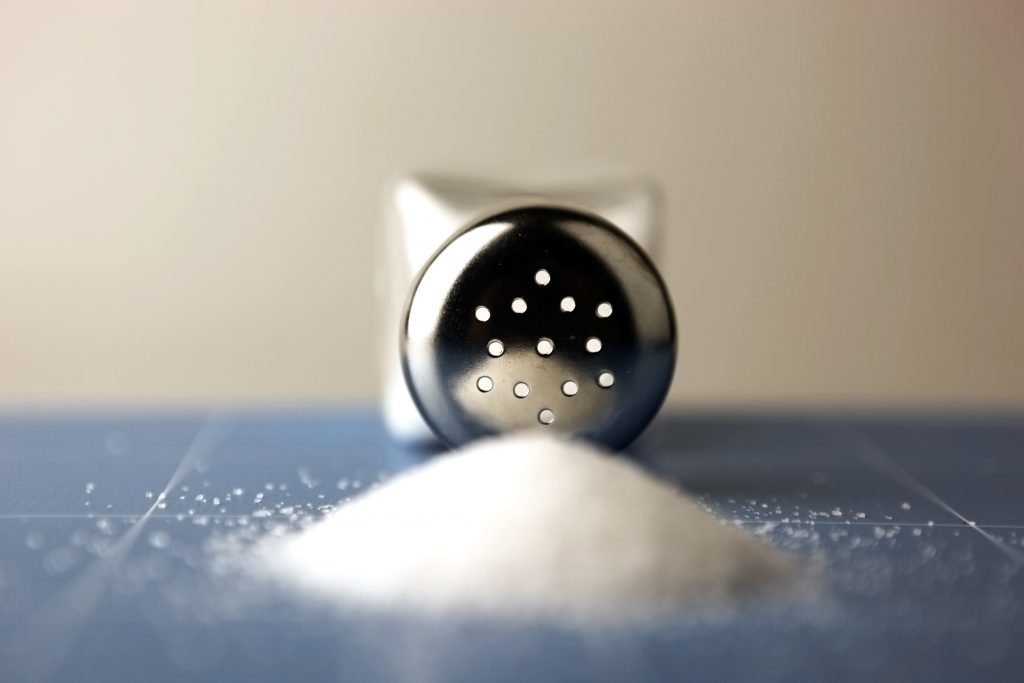
Voluntary targets for sodium in various processed foods were introduced by the federal government (Health Canada) in Canada four years ago. These targets focused on 94 food categories within processed foods, aiming to reduce average sodium intake to 2,300mg in a two year period, yet in an evaluation of 10,000 products within the 94 food […]
Salty Sausages a Health Risk on Australian BBQ’s
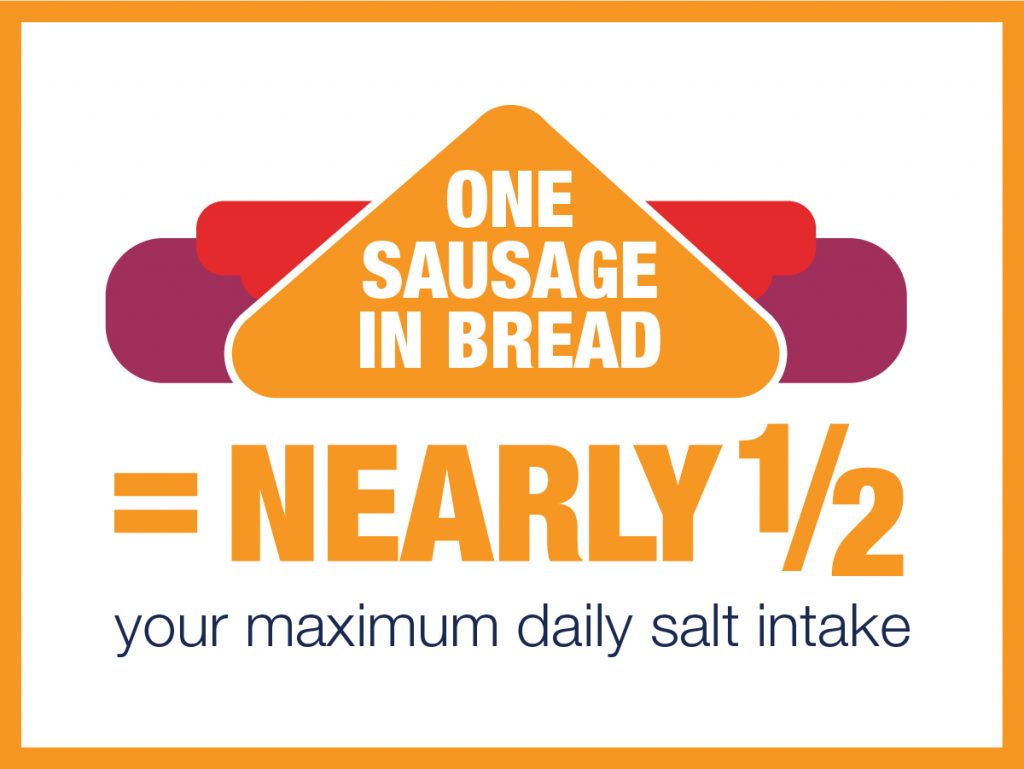
Research conducted by the George Institute for Global Health, in collaboration with the Victorian Health Promotion Foundation (VicHealth) and the Heart Foundation Victoria, showed that the Australian BBQ favourite – sausages – contain on average over a quarter (28%) of recommended daily salt intake in one sausage alone. Data was analysed from 2010-2017, with data […]
Christmas dip and cracker platters packed with salt
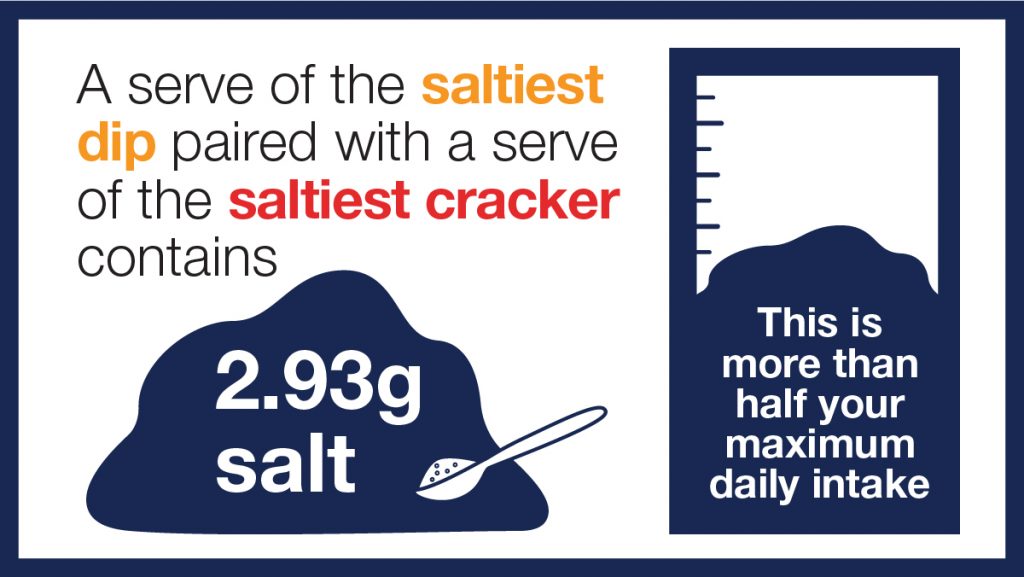
Research conducted by the George Institute for Global Health, in collaboration with the Victorian Health Promotion Foundation (VicHealth) and the Heart Foundation Victoria, found that dips and crackers are packed with salt. Salt levels in 849 dips and 1285 crackers were analysed between 2010 and 2017, with data collected from four major supermarkets in Australia […]
South Africans on target to shake their salt habit
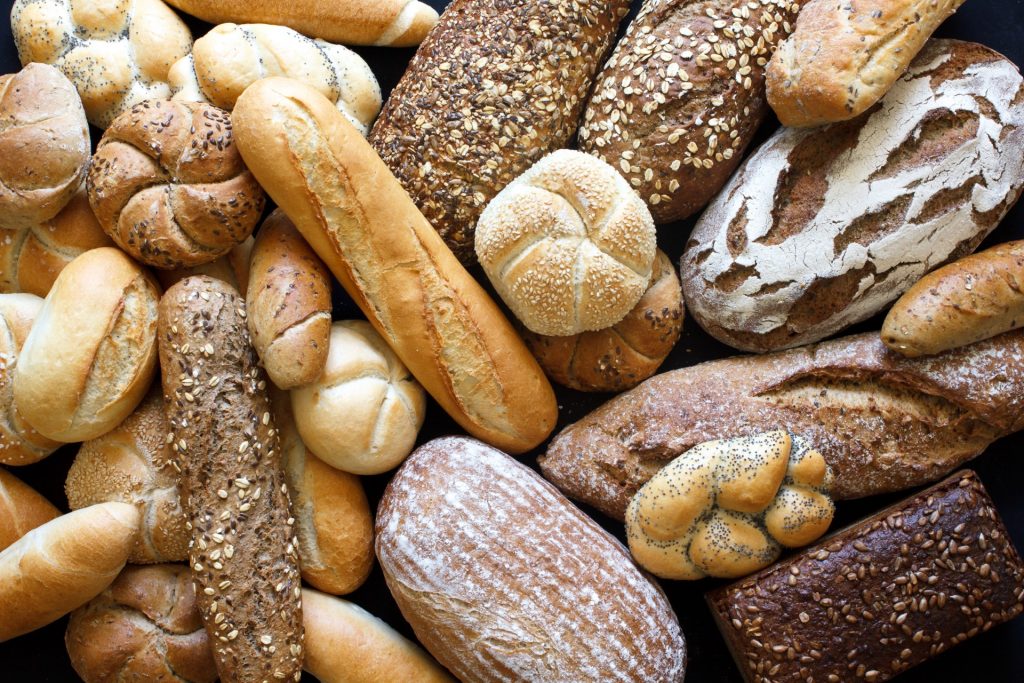
South Africa is on track to meet mandatory salt targets, according to analysis of more than 11,000 packaged foods. But, the study by The George Institute for Global Health (Peters et al published in Nutrients journal) found many commonly eaten products including bread, sausages and crisps still contained high levels of salt just months before the […]
Salt levels in bread in Australia declined from 2010 to 2017

[vc_row][vc_column][vc_column_text] Australian researchers have found some rye and sourdough breads contain more salt than a packet of chips pic.twitter.com/CfwAlOFWIK — ABC News 24 (@ABCNews24) March 21, 2017 [/vc_column_text][vc_column_text]In support of WSAW 2017, the George Institute for Global Health conducted a survey to look at the salt contents of packaged breads sold in Australia. The study […]
Association of salt-related knowledge and behaviours with salt intake
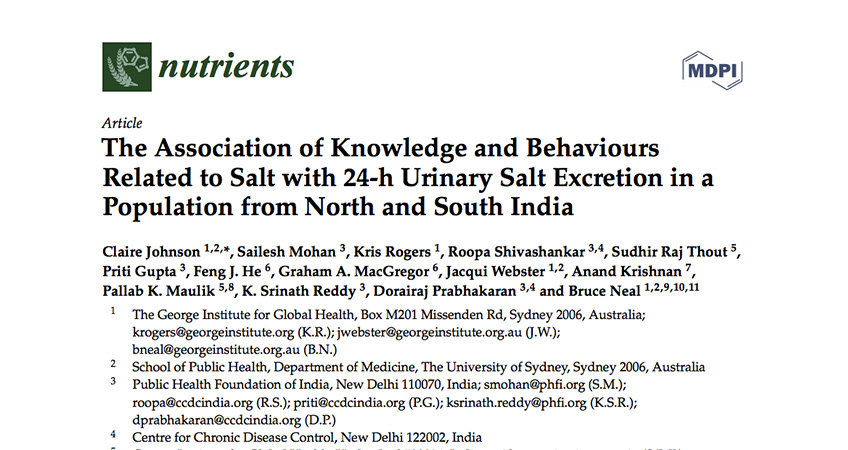
A study by Johnson et al at the George Institute for Global health, published in Nutrients in February 2017, showed that the mean salt intake in India was 9.27 (8.87-9.69) g/day based on 24-hour urine samples. The study revealed that less use of salt while cooking, avoidance of snacks or namkeens–a savoury Indian snack, and […]
Evaluation of the work of WHO CC on Population Salt Reduction
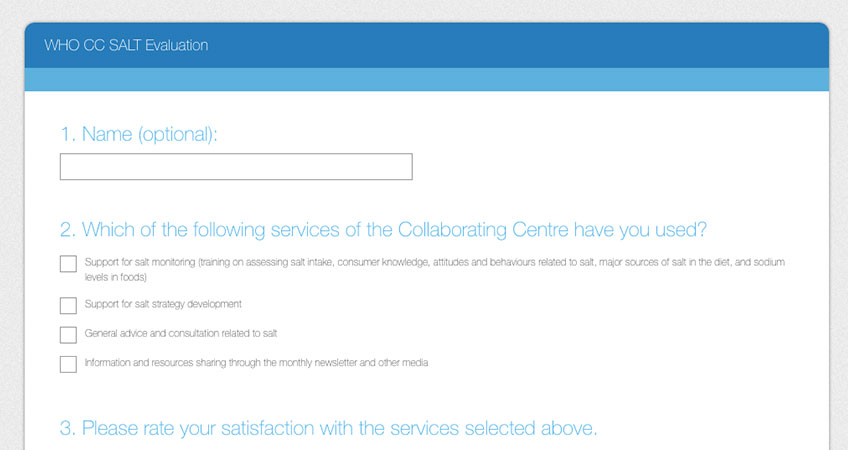
We would like to request for your time to complete a short evaluation of the newsletter and the work of WHO CC on Population Salt Reduction through this link. Please do not hesitate to contact us if you have any queries or if there is anything that we can do to support you in your […]
Data analysis training in Samoa

As part of the Global Alliance for Chronic Disease project on Cost-Effectiveness of Salt Reduction in the Pacific Islands, Kathy Trieu from the George Institute conducted training on data analysis with Samoa Ministry of Health and Samoa Bureau of Statistics on 22 November 2016. The aim of the training was to strengthen skills in using […]